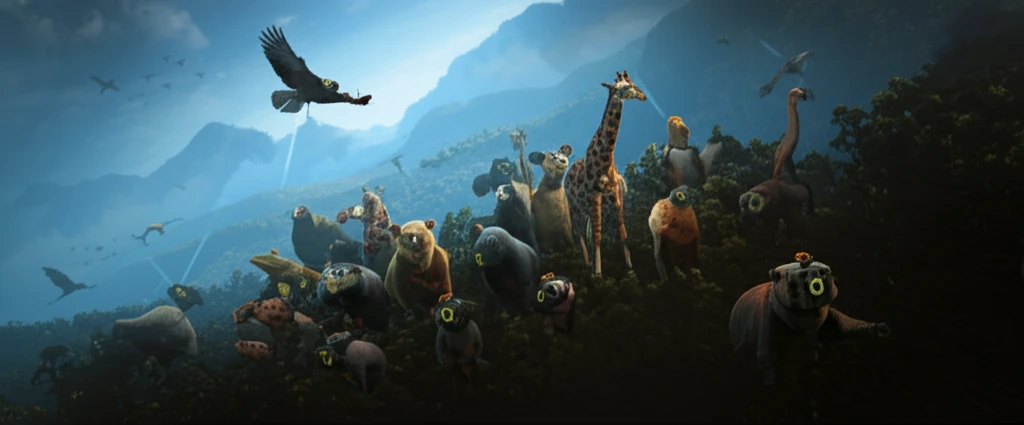
Decoding Animal Behavior: How Biologging and Remote Sensing Are Changing Wildlife Studies
"Unlocking the secrets of the animal kingdom through advanced technology: a deep dive into biologging and remote sensing techniques."
For decades, understanding the intricate behaviors of animals in their natural habitats remained a formidable challenge. Traditional observation methods often proved inadequate due to the elusive nature of many species and the limitations of human presence. However, thanks to rapid advancements in technology, a new era of wildlife research has dawned.
Biologging and remote sensing technologies have emerged as powerful tools, enabling scientists to collect unprecedented amounts of high-quality data on animal movements, interactions, and physiology. These technologies, ranging from GPS trackers to accelerometers and camera traps, provide invaluable insights into the lives of creatures great and small.
This article delves into the fascinating world of biologging and remote sensing, exploring how these innovative techniques are revolutionizing the study of animal behavior. We will examine various types of loggers and sensors, discuss their applications in different research areas, and highlight best practices for data collection and analysis.
What are Biologging and Remote Sensing?

At its core, biologging involves attaching miniaturized tags to animals to record and relay data about their movements, behavior, physiology, or environment. These tags can either directly acquire information (e.g., accelerometers measuring activity levels) or emit a signal that requires a remote sensor for interpretation (e.g., GPS trackers).
- Biologging: Attaching tags to animals to record data about their movements and behavior.
- Remote Sensing: Using sensors to gather information about animals from a distance.
- Telemetry: A specific case of remote sensing that involves tracking signals emitted by animal-borne tags.
Why Biologging and Remote Sensing Matter?
The data derived from biologging and remote sensing are instrumental in addressing diverse themes within behavioral ecology, offering quantitative assessments of animal behavior. These technologies are particularly valuable for monitoring species that are rare, cryptic, nocturnal, or inhabit inaccessible environments. By shifting the point of observation from the researcher to the animal, biologging minimizes disturbance and provides a more natural view of behavior.
